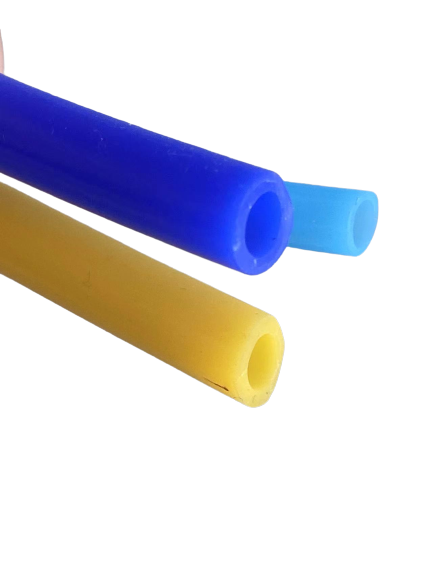Des . 11, 2024 09:45 Back to list
Innovative Solutions for D Type Rubber Fender Applications in Marine Environments
Understanding D-Type Rubber Fenders An Essential Component in Marine Infrastructure
In the realm of marine engineering and infrastructure, safety and efficiency are of utmost importance. One critical component that ensures these standards are met is the rubber fender. Among various types of fenders, D-type rubber fenders have gained significant popularity due to their unique design and versatile applications. This article will provide an overview of D-type rubber fenders, their advantages, applications, and maintenance practices.
What is a D-Type Rubber Fender?
The D-type rubber fender is a cylindrical and highly resilient fender designed to absorb the energy generated during docking or berthing operations. Its distinctive 'D' shape plays a significant role in its performance, enabling the fender to distribute loads evenly across the contact surface. The D-type fender is typically mounted horizontally, with the flat side facing the structure of the dock, and the rounded side facing the vessel. This design efficiently mitigates impact forces, protecting both the vessel and dock infrastructure from damage.
Advantages of D-Type Rubber Fenders
1. Energy Absorption The primary function of any fender is to absorb impact energy when vessels dock. D-type rubber fenders are particularly effective in this regard, as they are engineered to compress and deform upon impact, thereby reducing the force transferred to both the ship and the berth.
2. Durability and Resistance Made from high-quality synthetic rubber, D-type fenders are resistant to harsh marine environments, including saltwater, UV rays, and extreme weather conditions. This durability translates to a longer lifespan, reducing the frequency and cost of replacements.
3. Versatile Applications D-type rubber fenders can be used in a variety of marine applications, including commercial ports, docks, and shipyards. Their adaptability makes them suitable for different sizes and types of vessels, from small ferries to large container ships.
4. Easy Installation and Maintenance Installation of D-type fenders is straightforward, often requiring standard mounting hardware. Furthermore, routine maintenance is minimal—usually involving visual inspections to ensure there are no signs of wear and tear. If any damage is detected, repairs can be made easily without extensive downtime.
Applications of D-Type Rubber Fenders
d type rubber fender

D-type rubber fenders find utility in various maritime settings
- Ports and Harbors In busy commercial ports, D-type fenders are essential for protecting both vessels and docking structures from impacts incurred during loading and unloading operations.
- Marinas For recreational boating facilities, D-type fenders provide crucial protection for personal watercraft, ensuring a safe mooring experience.
- Shipbuilding and Repair Yards These fenders help prevent damage to ships as they are maneuvered in and out of construction and repair areas.
Maintenance Practices
To ensure the longevity and effectiveness of D-type rubber fenders, regular inspections are recommended. Key aspects to check include
- Surface Condition Look for signs of cracking, wear, or deterioration, particularly at the contact points.
- Secure Attachments Ensure that the fender is securely mounted and that all fittings are intact.
- Cleaning Keeping the fender clean can prevent algae and barnacle growth, which could affect its performance.
In conclusion, D-type rubber fenders are an indispensable element of modern marine infrastructure. Their robust design and impressive energy absorption capabilities make them suitable for diverse applications, ensuring the safety of vessels and structures alike. Whether in busy harbors or serene marinas, the presence of D-type rubber fenders underscores the commitment to safety and efficiency in the maritime industry. Regular maintenance and proper installation are key to maximizing their performance and lifespan, ensuring that they continue to serve their vital role in the marine environment for years to come.




